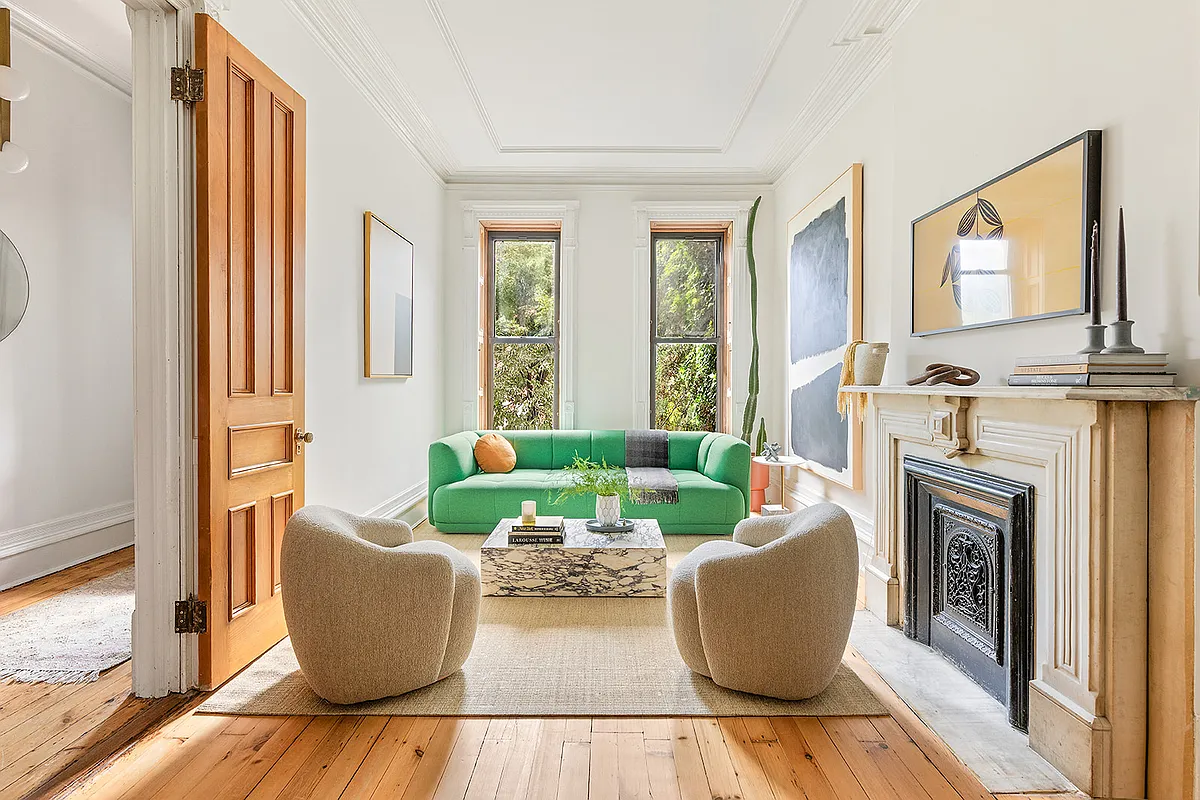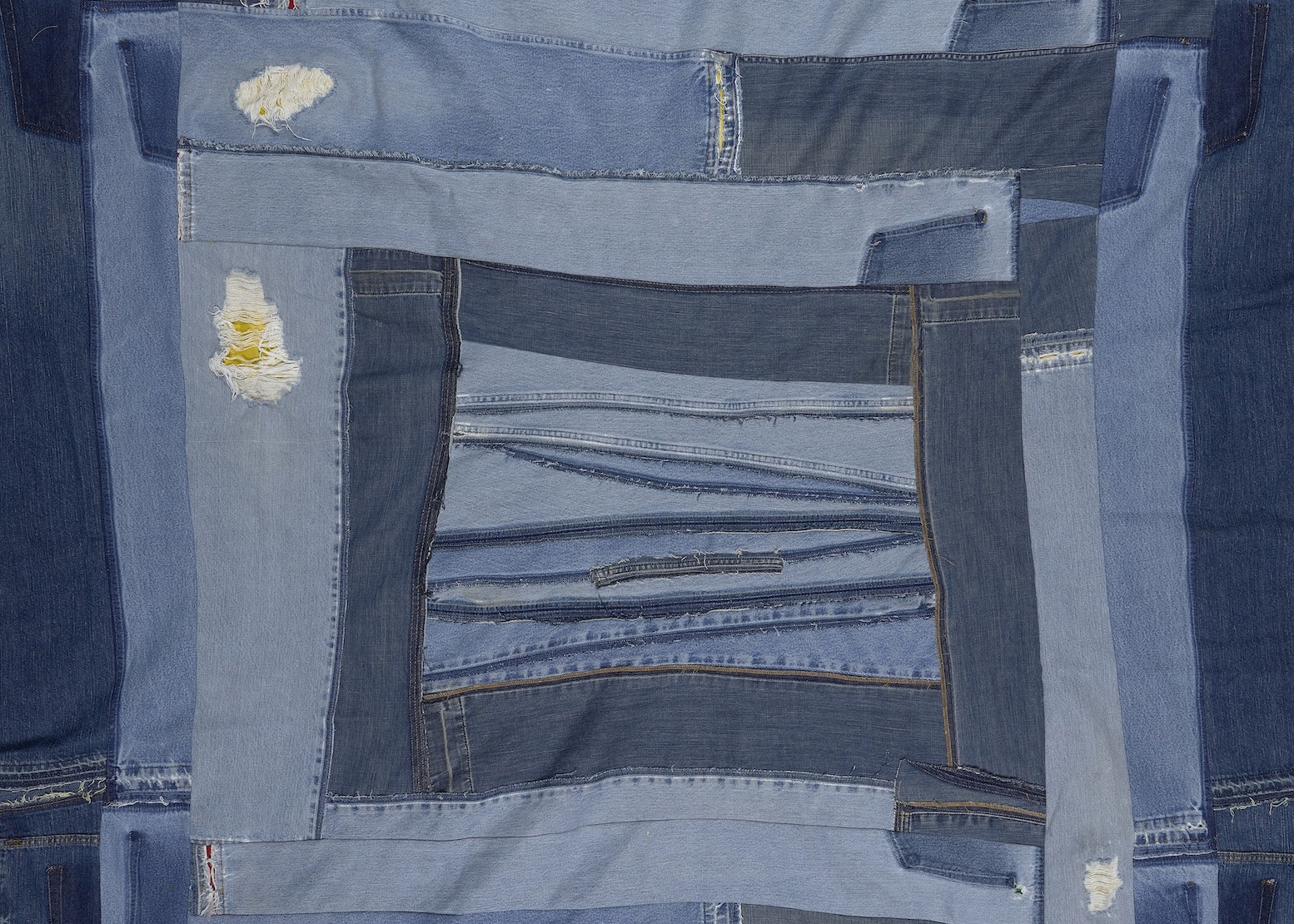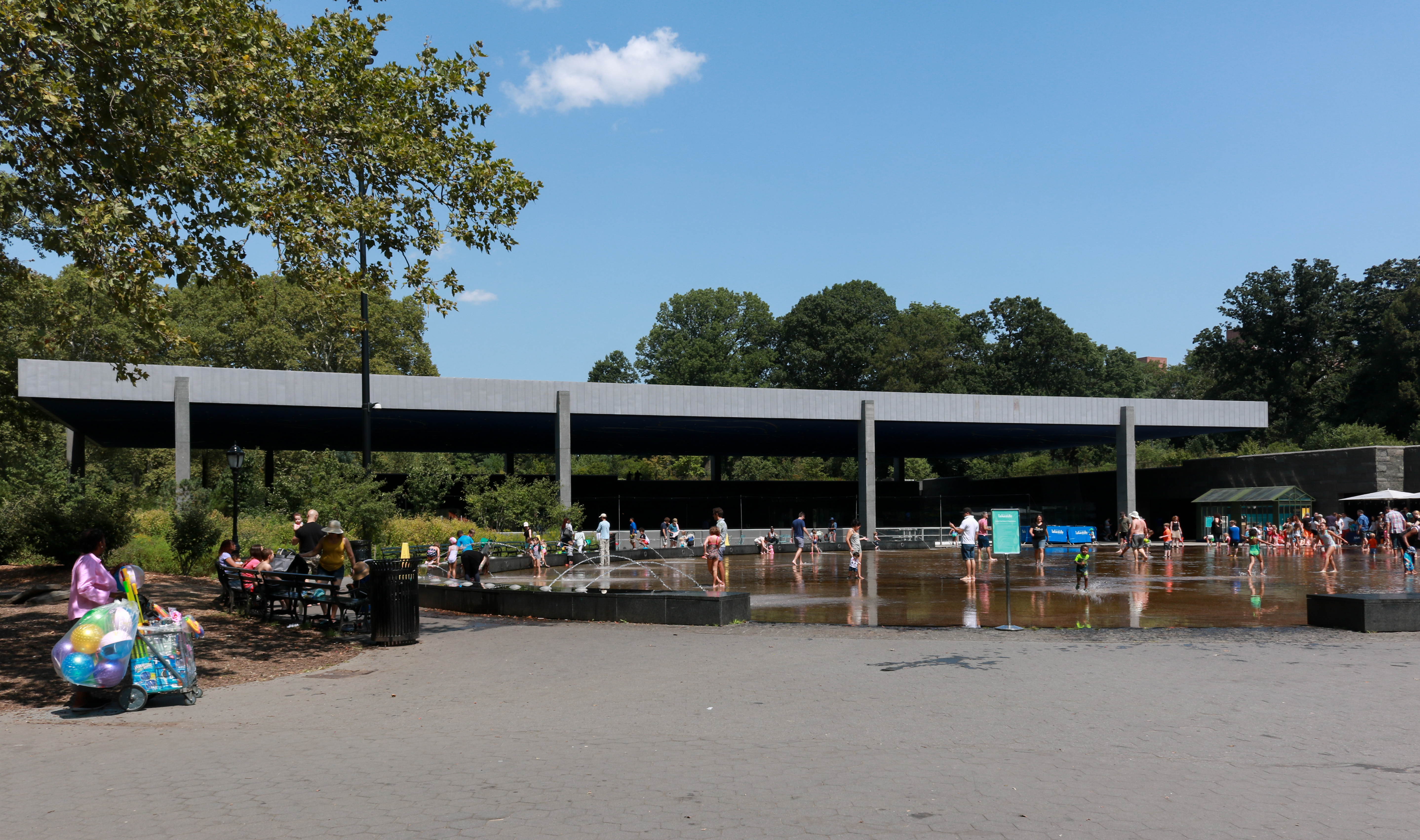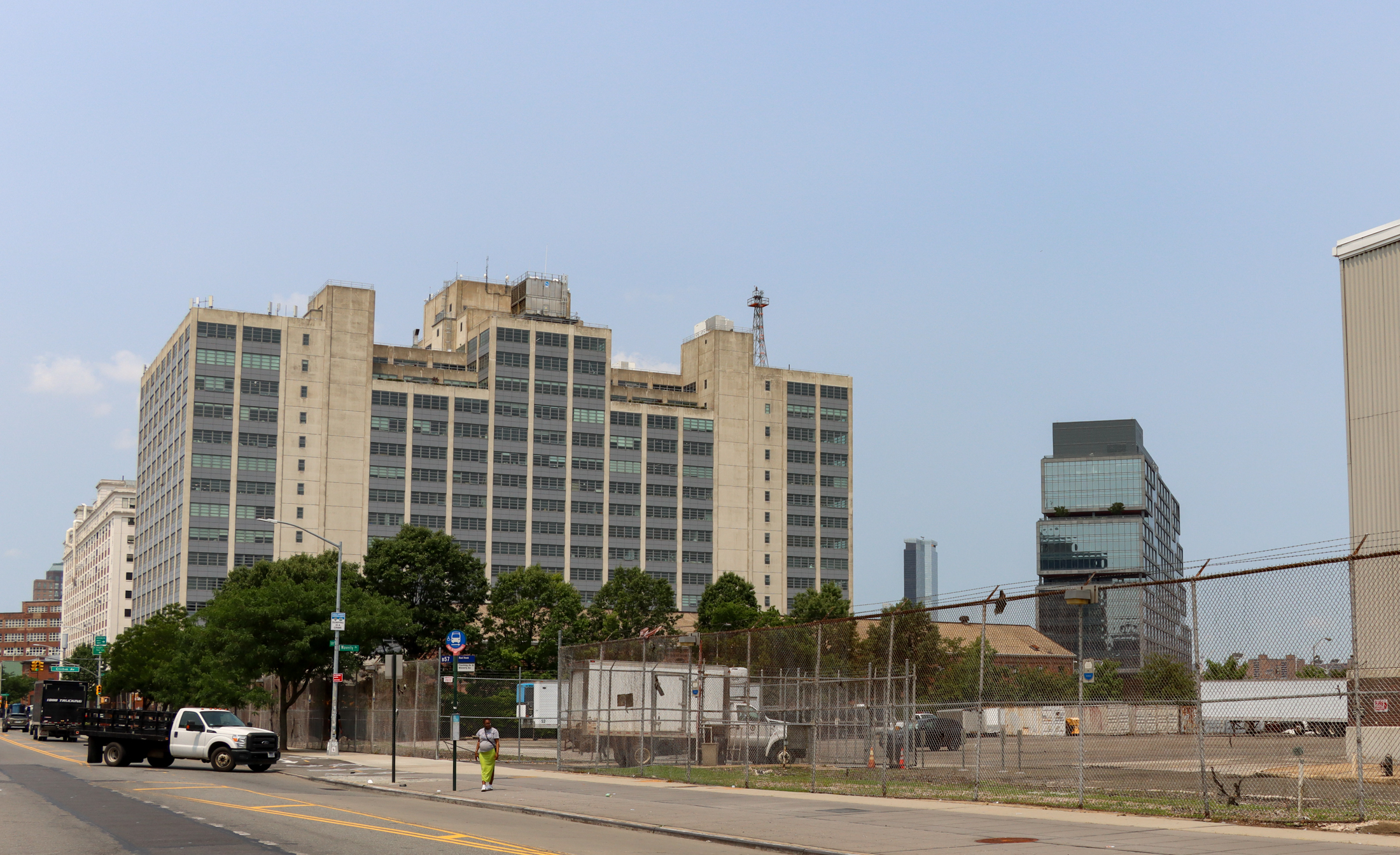Staycation: The Tenement Museum
Editor’s note: This story has been updated. The new version can be seen here. For many of us, staycations are this year’s vacations. Instead of the cottages and castles of the Continent, visit one of New York’s fascinating house museums. Each week, for the entire summer, we’ll alternate between a site in New York City,…

Photo by Keiko Niwa, via theTenement Museum
Editor’s note: This story has been updated. The new version can be seen here.
For many of us, staycations are this year’s vacations. Instead of the cottages and castles of the Continent, visit one of New York’s fascinating house museums. Each week, for the entire summer, we’ll alternate between a site in New York City, or one in greater New York State. Many of these houses are in danger of closing if we don’t patronize them. Check them out, and go visit! If you’ve been, please leave comments and suggestions, including dining or any other amenities.
Name: Lower East Side Tenement Museum
Location: Lower East Side, Manhattan
Address: 97 Orchard Street, between Broome and Allen Streets
Hours: 10:30am 5pm, seven days a week, except Thanksgiving, Christmas and New Years.
Admission: Adults: $20, Seniors and students: $15, members: Free
Children: K-12 students: $8, special school programs available, see website
Website: www.tenement.org
Directions: F train to Delancy, B/D to Grand, or J to Essex
Details: The Lower East Side Tenement Museum is a unique and authentic look at life on the Lower East Side for the immigrant groups that called this area home from the 1860’s to 1935. This 5 story Italianate style brick tenement was home to an estimated 7,000 people from over 20 nations during that time. The building was built by Prussian-born immigrant Lukas Glockner in 1863. At that time it had a basement retail space and 22 apartments. It would later be modified into two retail spaces, the other on the parlor level, leaving 16 apartments. Over the years, as the tenement laws changed, the building would gain indoor plumbing, cold running water, an air shaft, and two toilets per floor. It also was piped for gas, and then wired for electricity. In 1935, rather than fixing up the building, the landlord at the time boarded up the upper floors, leaving only the storefronts open for business.
In 1988, historian and social activist Ruth Abram and co-founder Anita Jacobson found the building, a veritable time capsule, waiting to be revealed. It had long been their goal to open a museum celebrating the immigrant experience in NYC. Since the building had been closed up for over 50 years, they were able to salvage lots of period detail and original layouts, as well as find a multitude of artifacts and personal objects in the walls, under floorboards, etc. They opened the first apartment, the 1878 home of the German-Jewish Gumpertz family. Over the years, five more apartments were opened, representing different ethnic groups, different families, and different time periods in the building’s history. The latest apartment belongs to the Moore’s, an Irish family from 1869. There is still more history to be uncovered, and immigrant lives to document, as more than half of the apartments have yet to be restored.
The tours are all guided, and often use re-enactors to tell the tales of the families and their conditions. There is also a lot of visual history in the building, as the layers peel back, revealing wall papers, paint colors, plumbing and kitchens, partitions, as well as home factories, all the joys and sorrows of living in the most crowded place in the world, the Lower East Side, at the turn of the 20th century. In addition to the tenement house itself, the Museum also conducts separate walking tours of the neighborhood, and has an additional space across the street at 108 Orchard St, where tickets are sold. There is also a bookshop in this location, and a space where lectures, readings and discussions are held. The Lower East Side Tenement Museum is on the National Register of Historic Places, and is a National Historic Landmark and a National Historic Site.This museum should not be missed.





Ha ha good point. I’ll double check.
Mopar – are you not sure if you’re white?
You should talk a look at the stuffwhitepeoplelike site to confirm.
Ha ha, Nomi & Minard!
I LOVE the tenement museum. The tours are so fascinating. So much sociological and historic information in the lectures. And of course, terrific decorating ideas! Ha, just kidding about that part.
There are recent immigrants in NYC still living like this — in Bushwick, and I am sure other areas I am not familiar with. However, they DO now have a bathroom in the apartment, not in the hallway. But they are two or three to a room, taking turns sleeping, etc.
The docent on our tour grew up in an actual tenement one block from our current house in Brooklyn. It was in the 1950s, just as that part of Bed Stuy was changing from Italian American to African American. After a few years there, his white family moved out, purchasing a house in one of the newly built suburbs farther out in Brooklyn for only $5,000 — which you could only do at the time if you were white. He was extremely surprised to hear we had just moved into the neighborhood (because we’re white, I think).
And her upstairs neighbor refused to let her landlord remove the tub in her kitchen (he wanted to replace it with a nasty stall shower squeezed in across from the toilet in place of the bathroom sink). She regularly gave dinner parties featuring it – once she filled it with ice and put bottles of wine in it and once she bought a bunch of goldfish for an indoor “koi pond” – by the end of the evening the fish were all belly up, so she hasn’t tried that again.
haha, Minard. I do try to imagine the Frick as a house when I’m in it.
The tenement museum is an amazing experience. It’s a national treasure and should be well supported. The staff were able to find living descendants of early tenants in the same building and learn about them. I think every rabidly anti-illegal-immigrant politico and pundit should be forced to take the tour and hear the stories of what people just like their own ancestors lived through.
babs, same here,
when I first went to the museum I thought, hey this is exactly like so-and-so’s apt and that’s like so-and-so’s.
The bathtub in the kitchen of a dumb-bell tenement is not that rare in Manhattan.
Funny but when I go to the Frick, it never reminds me of anyone I know.
A great museum. The funny thing is, I have a friend whose apartment was nearly exactly like one of the ones on exhibit there – but this was 2004!
Worth a visit, went on one of the hottest days of the summer, kept thinking how did people make it without showers in these stuffy rooms. Blogged about it:
http://expatsinthecity.com/2010/06/30/tenements-the-immigrant-skyscraper/
I’ve been. Kinda cool.
***Bid half off peak comps***